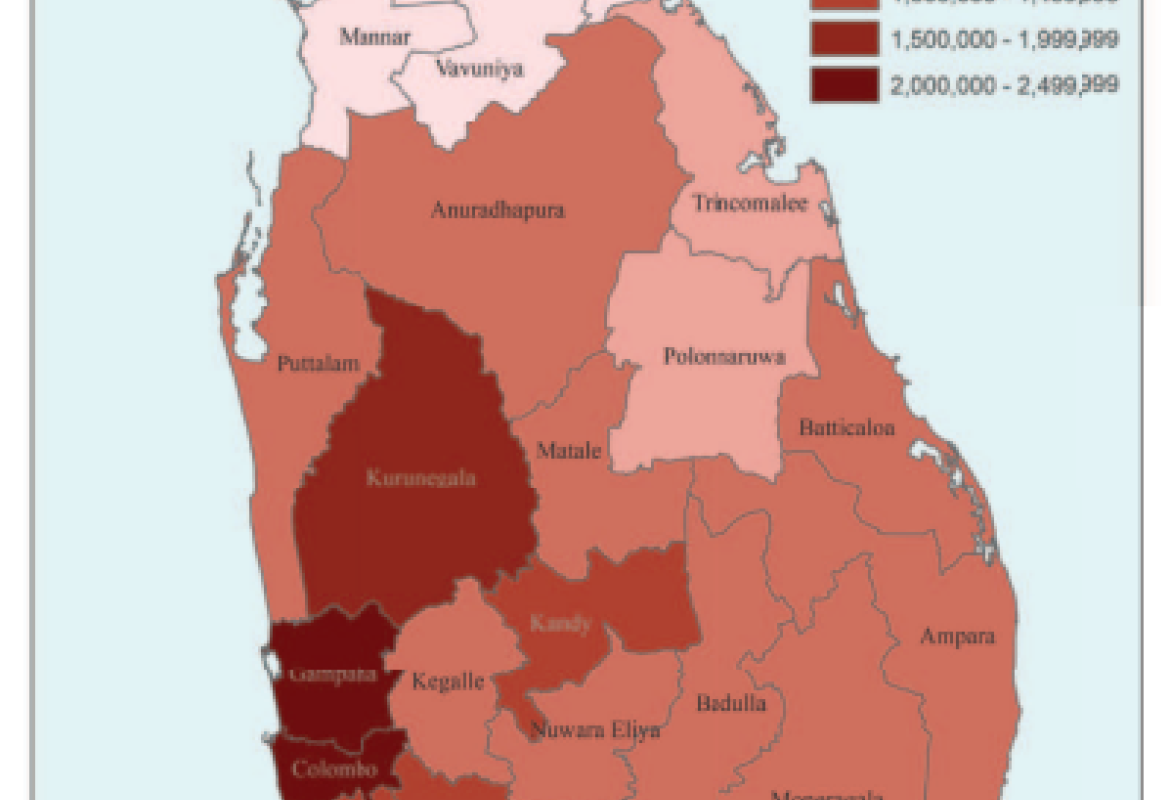2007 US cable: Sri Lanka killing through Tamil paramilitaries
 |
A secret US embassy cable Wikileaked Thursday outlines in detail how the US was well aware in 2007 of the extent of Sri Lanka’s active use of Tamil paramilitaries as an integral part of its war against the LTTE.
Sri Lanka funded paramilitaries directly, then allowed them to extort funds, loot supplies for internally displaced Tamils, and run forced prostitution rings using girls and women from the refugee camps.
However, Tamil voices who argued at the time that the soaring killings, extortion and crime were linked directly to Sri Lanka's paramilitary-led war against the LTTE were largely ignored.
For example, compare what one of our columnists wrote on the subject in January 2008, with the US cable of May 2007:









